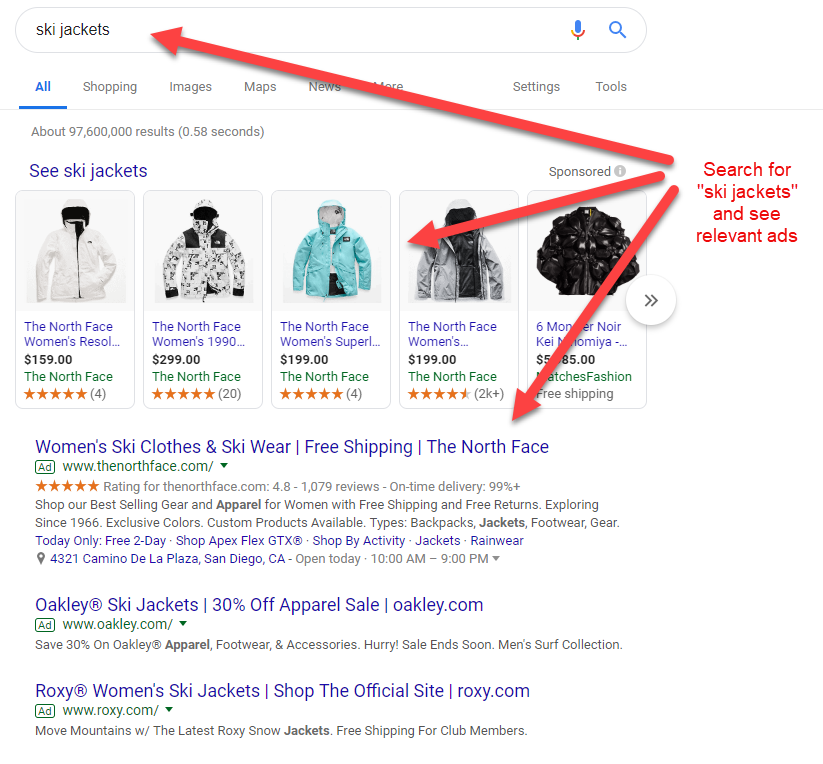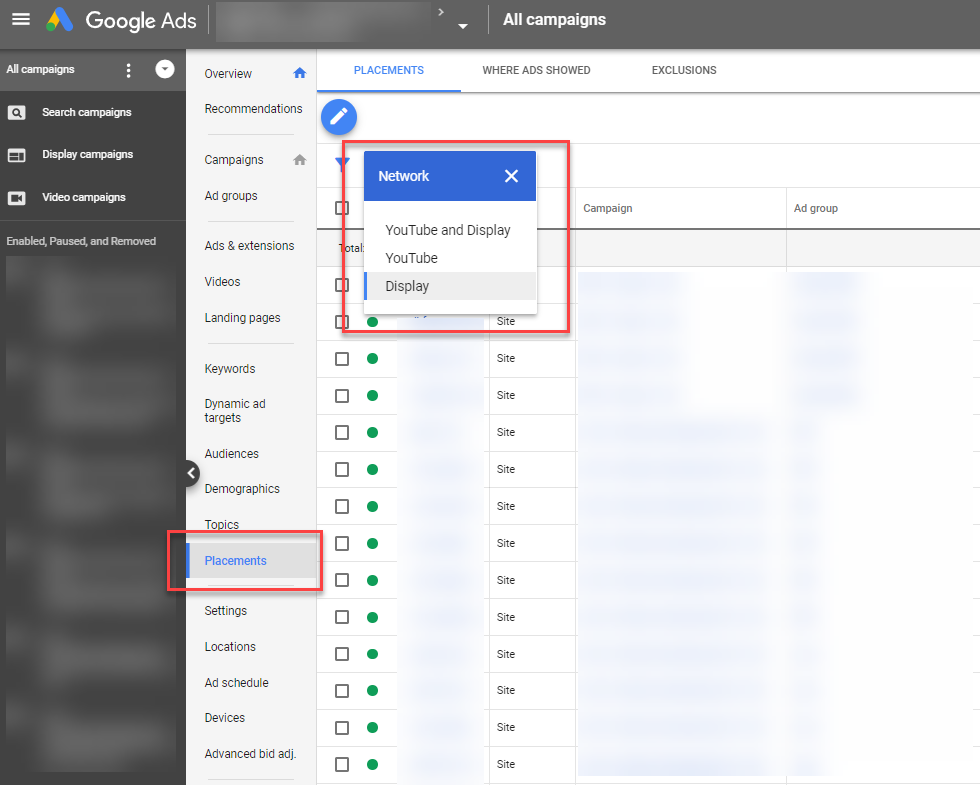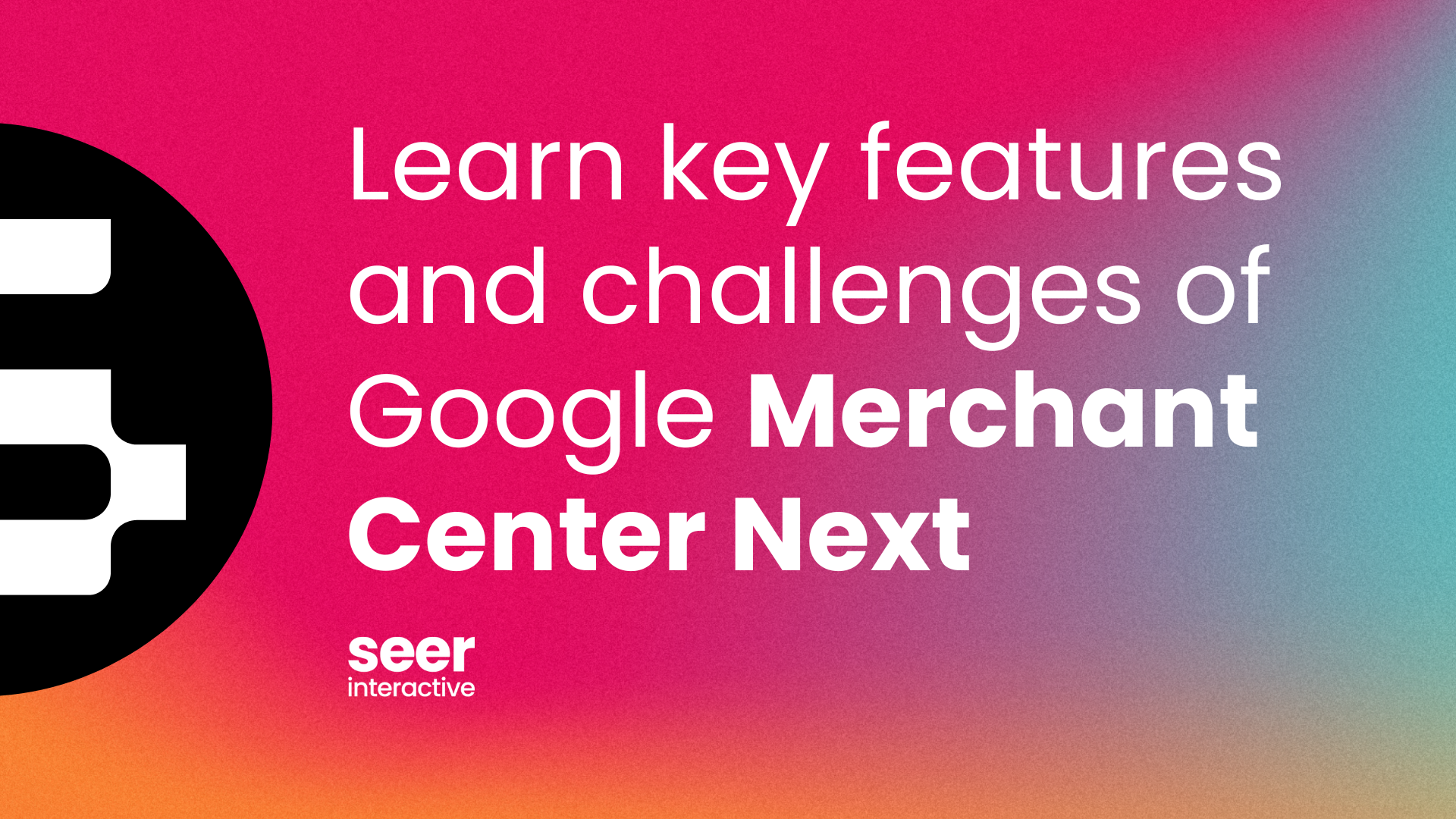Mastering PPC: Search vs. Display Ads
Now that you're more familiar with paid search, let's dive into search network vs. display network and touch on what each entails and some options offered with each. Note that this post focuses on Google Ads but BingAds also has similar network opportunities.
The search network
Google's search network reaches users as they're searching the web. Searching is when someone types in a string of keywords into a search engine (like Google) in order to see relevant results. So, say I'm looking to buy a new ski jacket, I should be served ads that relate directly to the search query that I typed in Google's search bar.

Keywords
Essentially the search network allows you, an advertiser, to bid on keywords that correlate back to what users search. You can set different match types allowing you to determine how widely or restrictively you want to cast your net. Additionally, different bids will help determine which position your ads will appear on the search engine results page (SERPs). It's a best practice to break out your high volume keywords so you can better manage spend.
There are also negative keywords which allow you to specify keywords that you do not¬ want to trigger your ad. Search query reports are great resources of real data where you can identify areas to expand your ppc search ads' reach as well as any phrase or broad match terms not related to your campaigns which may be causing inefficient spend. You may want to consider creating a campaign negative keyword list for excluding negative keywords across several campaigns.
Ad extensions
An advantage of the search network is that if your ad is in top positions and has a strong quality score, there is the potential for ad extensions to be show in addition to your ad. As you can see in the screenshot below, this allows your ad to take up more valuable real estate on the SERPs.

Sitelink extensions, one of the most commonly used (and easy to implement) ad extensions, are additional lines of ad text that appear below your ad. Not only does the feature allow your ads to take up more valuable real estate on the SERPs, but also allows you to vary your messaging and drive searchers deeper into your site. For instance, in the example above, I can navigate to any of those categories with just one click. It's a best practice to look at top volume and top converting pages within Google Analytics to determine the best selection of sitelinks.
Search partners
It's important to note that search partners are already selected when you create new campaigns. But what are search partners anyway? Sites such as WSJ, AOL, Google Shopping, Google Maps and Google Images. These sites partner with Google and can help increase conversions and improve CPA by reaching an untapped audience. While there are often times less competition on search partner sites, they need to be managed carefully to ensure they are spending budget efficiently and generating quality results.Because you can't target search partners separately from search, it's a best practice to evaluate both and determine if there are any campaigns where you should pause search partners.
The display network
Google's display network (aka GDN) is an extension of the search network that reaches users as they're surfing the web. Say I'm reading my favorite online magazine or watching funny videos on YouTube, ads will be targeted to me based on the content of the site or my past browsing behavior depending upon advertisers' targeting selections (i.e. keyword/contextual, demographic, interest categories).
Placement options
Advertisers utilizing the display network will be able to see the where exactly their ads are being shown via placement reports. The most common option is to let your ads be automatically placed on different sites within the display network based on your targeting selections; however, if there are highly relevant or top converting domains, advertisers can add these specific sites as managed placements. Similarly, if there are irrelevant domains, advertisers can exclude specific placements to refrain from their ads being shown on such sites. It's a best practice to break out managed placements from automatic placements in separate campaigns so you can better manage budget and evaluate performance

Text & image Ads
One advantage that the display network has over the search network is that you can utilize both text ads and image ads. This is an advantage as advertisers can get creative with their ads and really resonate with their target audience. It's a best practice to break out text ads and image ads into separate ad groups so you can more effectively optimize, as performance will vary depending on ad type.
Remarketing
Another advantage is the ability to remarket to users who previously visited your site but did not take a desired action or conversion (i.e. make a purchase, fill out a form, subscribe to a newsletter, etc.). Additionally, you can target users who did convert in an effort to up-sell. These remarketing campaigns work by placing a cookie on users' computers who reach specific parts of your site and allow you to follow them around the internet via the display network, serving them relevant ads across the display network. It is a best practice to group similar pages of your site into the same audience profile buckets so you can serve different audiences the most relevant ad.
Build your ideal network
So you may be asking yourself "Why would I want my ads to show just on the search network? Or just the display network? Why wouldn't I want to be visible on all networks to expand my reach and get my ads in front of as many people as possible?"
💡 Pro Tip: Always keep testing until you find your ideal network of searching and surfing.
While it is definitely worthwhile to test the various networks, it is important to understand that user behavior and intent is very different depending on which network is being used so you'll want to vary your advertising messages. As such, someone who is actively searching the web is likely further along in the search further than someone surfing the web, so make sure your ad copy, call-to-action, and landing pages are all tailored to the right frame of mind for your network choice.


